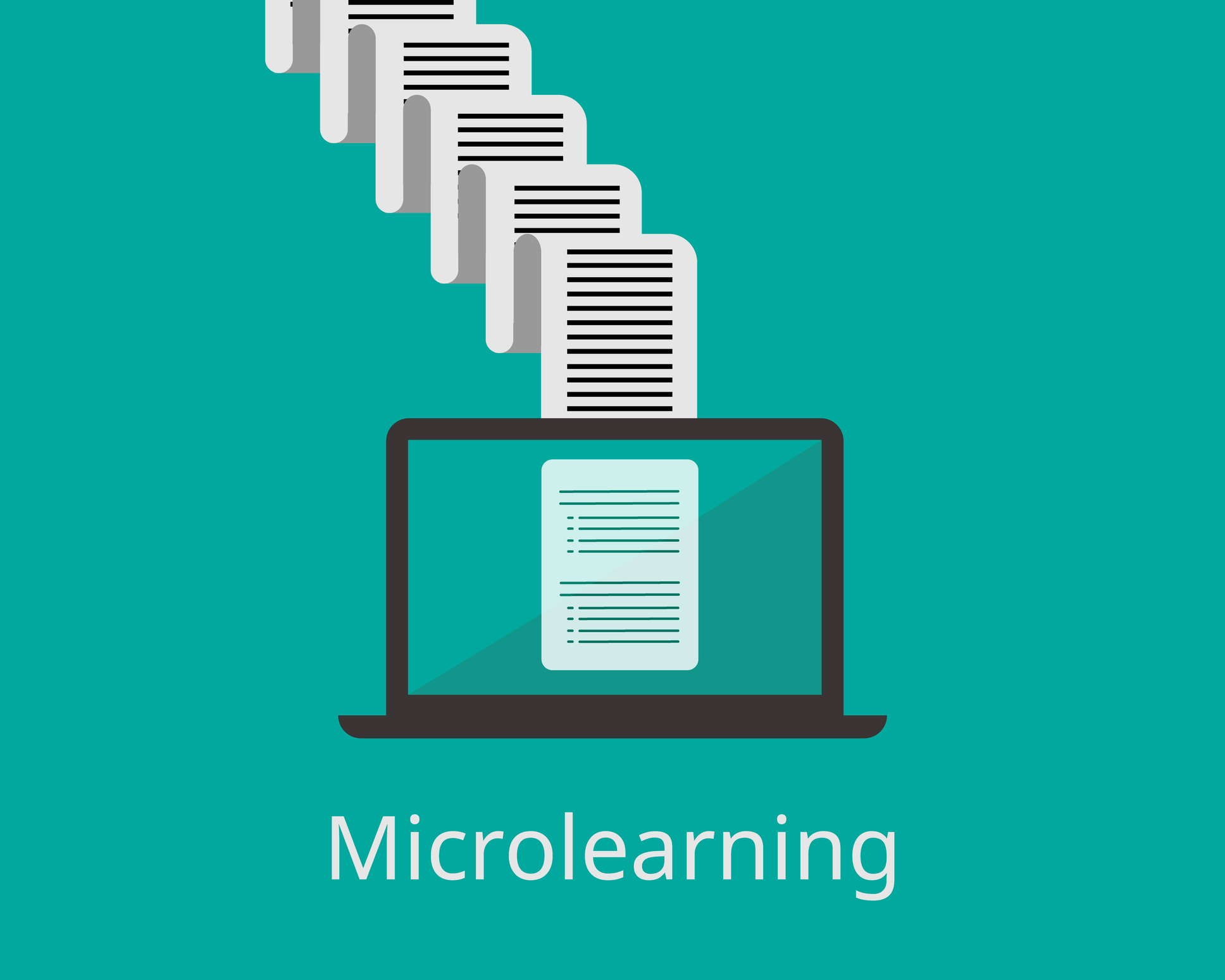Get a step ahead of your competitors by creating an unbeatable customer...
-
Software Services
Software Services
- Workflow and Design Strategy Consulting
- Application Design & Development
- Application Modernization
- Application Integrations
- Custom Portals & Websites
- Data Management & Migration
- Enterprise Resource Planning
- Custom Sales Platforms
- Microsoft Access Migrations
- Cloud Migrations
- Custom Support Services
- eLearning Solutions
Recent Blog
 5 Benefits Of A Self-Service Portalread more
5 Benefits Of A Self-Service Portalread more -
Field Services
Field Services
Recent Blogs
 5 Benefits Of A Self-Service Portalread more
5 Benefits Of A Self-Service Portalread moreGet a step ahead of your competitors by creating an unbeatable customer...
-
Financial Services
Financial Services
Recent Blog
 5 Benefits Of A Self-Service Portalread more
5 Benefits Of A Self-Service Portalread moreGet a step ahead of your competitors by creating an unbeatable customer...
- Technologies
- Case Studies
-
About
Recent Blog
 5 Benefits Of A Self-Service Portalread more
5 Benefits Of A Self-Service Portalread moreGet a step ahead of your competitors by creating an unbeatable customer...
- Let's Connect
-
Software Services
- Workflow and Design Strategy Consulting
- Application Design & Development
- Application Modernization
- Application Integrations
- Custom Portals & Websites
- Data Management & Migration
- Enterprise Resource Planning
- Custom Sales Platforms
- Microsoft Access Migrations
- Cloud Migrations
- Custom Support Services
- eLearning Solutions
- Field Services
- Financial Services
- Technologies
- Case Studies
- About
- Let's Connect
-
Software Services
Software Services
- Workflow and Design Strategy Consulting
- Application Design & Development
- Application Modernization
- Application Integrations
- Custom Portals & Websites
- Data Management & Migration
- Enterprise Resource Planning
- Custom Sales Platforms
- Microsoft Access Migrations
- Cloud Migrations
- Custom Support Services
- eLearning Solutions
Recent Blog
 5 Benefits Of A Self-Service Portalread more
5 Benefits Of A Self-Service Portalread moreGet a step ahead of your competitors by creating an unbeatable customer...
-
Field Services
Field Services
Recent Blogs
 5 Benefits Of A Self-Service Portalread more
5 Benefits Of A Self-Service Portalread moreGet a step ahead of your competitors by creating an unbeatable customer...
-
Financial Services
Financial Services
Recent Blog
 5 Benefits Of A Self-Service Portalread more
5 Benefits Of A Self-Service Portalread moreGet a step ahead of your competitors by creating an unbeatable customer...
- Technologies
- Case Studies
-
About
Recent Blog
 5 Benefits Of A Self-Service Portalread more
5 Benefits Of A Self-Service Portalread moreGet a step ahead of your competitors by creating an unbeatable customer...
- Let's Connect
-
Software Services
- Workflow and Design Strategy Consulting
- Application Design & Development
- Application Modernization
- Application Integrations
- Custom Portals & Websites
- Data Management & Migration
- Enterprise Resource Planning
- Custom Sales Platforms
- Microsoft Access Migrations
- Cloud Migrations
- Custom Support Services
- eLearning Solutions
- Field Services
- Financial Services
- Technologies
- Case Studies
- About
- Let's Connect
Microlearning: Overview, Benefits, and Examples

If you’ve been searching for a way to improve your company’s eLearning strategy, there’s no need to look any further. Adding microlearning to your training curriculum will maximize your results by improving your staff’s productivity and boosting customer happiness.
What is Microlearning?
Microlearning’s definition is all in the name…micro. It packs a big punch in bite-sized learning segments that keep learners engaged. Microlearning delivers short lessons or learning activities with a healthy dose of information. It’s most effective for learning new skills.
Content for microlearning varies greatly, from interactive activities to written exams. The key to making it effective is keeping activities short. That way, learners focus deeply for less time and retain more information.
What are the Benefits of Microlearning?
While microlearning isn’t the silver bullet of eLearning, it still provides several benefits. Here’s how microlearning can benefit your business:
- It costs less. Because microlearning takes less time to teach, it costs less to produce and deliver. That means savings for your company that you can reinvest in improving your team even more.
- It’s engaging. Learners who don’t have to focus for too long are more engaged. Short learning segments keep learners entertained, meaning they’ll learn more and enjoy doing it.
- It takes less time. Shorter learning sessions mean less time spent learning. By implementing microlearning, your staff can spend more time working and still gain the knowledge and skills they need.
- Learners can move at their own pace. With such short learning sessions, employees can move through lessons at their own pace. When they have a small window of free time, they can quickly hop onto training instead of spending hours on end, or even whole days, learning.
- It improves knowledge retention. Shorter lessons prevent boredom and let employees get back to work quickly so that they can practice their newly learned skills in the real world.
Examples of Microlearning
Microlearning comes in many forms and is most commonly used in eLearning for organizations. Here are some examples of microlearning in a training curriculum:
- Mini-games
- Quizzes
- Short videos
- Animations
- Interactive slides
- Word games
- Role-playing
What is a Microlearning Platform?
The best place to host your microlearning is on a software platform like a learning management system (LMS). An LMS is a highly sophisticated software solution that manages all metrics and administration for training, learning, and development programs. It can help track metrics by keeping them in a single location that is easy to navigate. Hosting your microlearning platform on an LMS allows you to seamlessly link your eLearning with the rest of your business’s essential processes.
Improve Your eLearning Curriculum with DHx Software
Improving your eLearning course with microlearning will lead to more engaged learners, improved company efficiency, and a more knowledgeable workforce. At DHx Software, we are experienced in developing customized software for small and mid-sized businesses that drives efficiency and change. We can help you create a comprehensive LMS and improve your eLearning course with microlearning courses. Schedule a call (Calendly) with a member of our team today to talk about adding microlearning to your training program today.
- By DHx SoftwareYou may also like

As you work to maximize the results from your employee training program, working with the right eLearning consultant and the right custom LMS will help you achieve those performance goals. If you’re...

If you’ve been searching for a way to improve your company’s eLearning strategy, there’s no need to look any further. Adding microlearning to your training curriculum will maximize your results by...
